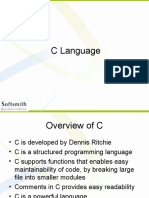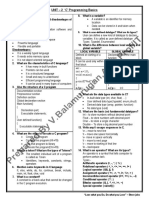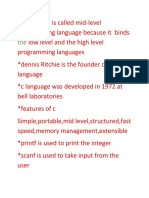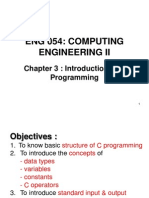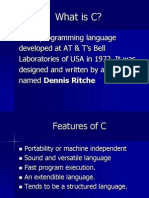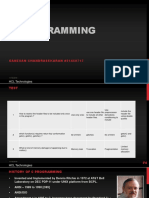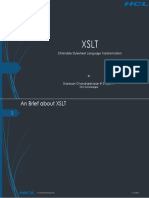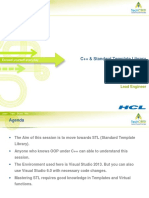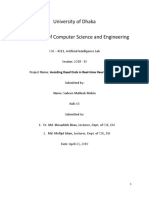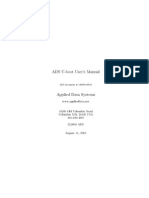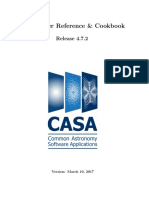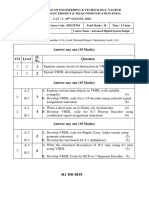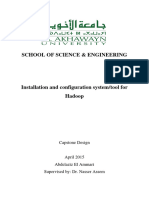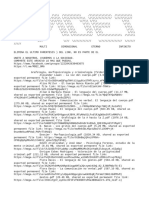0% found this document useful (0 votes)
87 views29 pagesC Programming: Ganesan C Lead Engineer - HCL Technology
1) C is a general-purpose programming language developed in the early 1970s by Dennis Ritchie at Bell Labs. It was designed to be compiled using a minimal compiler.
2) Key features of C include support for basic data types, built-in data types, direct memory manipulation, few keywords, and modular programming with functions. It is a middle-level language providing control of low-level languages with the flexibility of high-level languages.
3) C programming uses preprocessing directives, variables, arithmetic and logical operators, conditional and looping statements, functions, pointers, arrays, structures, unions, and file I/O. Dynamic memory allocation and advanced I/O functions provide additional capabilities.
Uploaded by
கணேசன் சந்திரசேகரன்Copyright
© © All Rights Reserved
We take content rights seriously. If you suspect this is your content, claim it here.
Available Formats
Download as PPTX, PDF, TXT or read online on Scribd
0% found this document useful (0 votes)
87 views29 pagesC Programming: Ganesan C Lead Engineer - HCL Technology
1) C is a general-purpose programming language developed in the early 1970s by Dennis Ritchie at Bell Labs. It was designed to be compiled using a minimal compiler.
2) Key features of C include support for basic data types, built-in data types, direct memory manipulation, few keywords, and modular programming with functions. It is a middle-level language providing control of low-level languages with the flexibility of high-level languages.
3) C programming uses preprocessing directives, variables, arithmetic and logical operators, conditional and looping statements, functions, pointers, arrays, structures, unions, and file I/O. Dynamic memory allocation and advanced I/O functions provide additional capabilities.
Uploaded by
கணேசன் சந்திரசேகரன்Copyright
© © All Rights Reserved
We take content rights seriously. If you suspect this is your content, claim it here.
Available Formats
Download as PPTX, PDF, TXT or read online on Scribd
/ 29








